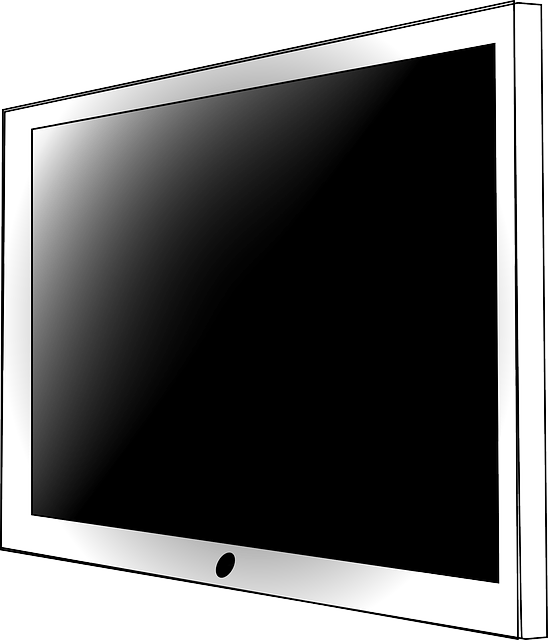
Backlighting is a necessary component of all liquid-crystal displays (LCDs). The pixels within LCDs aren’t capable of illuminating themselves. While there are some LCDs that do feature self-illuminating pixels, LCDs aren’t one of them. Instead, they require a backlighting system to illuminate their pixels. You can find LCDs with different types of backlighting, one of the most common is cold-cathode fluorescent (CCFL). What is CCFL backlighting exactly, and how does it work in LCDs?
The Basics of CCFL Backlighting
CCFL backlighting is a lighting system that, as the name suggests, uses cathode to produce light. It still generates some heat as a byproduct. It’s called “cold cathode fluorescent lighting” because the cathodes within it emit more electrons than that which can be supplied in thermal emissions alone.
Technical jargon aside, CCFL backlighting consists of small bulbs that are used to illuminate a display device. CCFL backlighting is commonly found in LCDs. LCDs are display devices that are characterized by the use of liquid pixels. These pixels must be illuminated. Otherwise, they won’t produce visible images. CCFL backlighting is capable of illuminating the liquid pixels in an LCD, resulting in visible images being projected.
How CCFL Backlighting Works in LCDs
CCFL backlighting works in a similar way as other types of backlighting: The backlighting bulbs receive electricity from a portable or external power source, after which they generate light with their respective cathodes. The cathodes will essentially produce light, thereby illuminating the nearby pixels. With that said, there are different CCFL backlighting configurations available for LCDs.
Some LCDs feature edge-lit CCFL backlighting, whereas others feature full-array CCFL backlighting. Both types of CCFL backlighting consists of bulbs that leverage cathodes to produce light; they are simply arranged differently.
With edge-lit CCFL backlighting, the bulbs are placed on the edges of an LCD. It’s typically not a complete perimeter of bulbs. Rather, the left and rides sides of the LCD may feature the CCFL backlighting bulbs. The top and bottom, on the other hand, won’t feature them. Edge-lit CCFL backlighting is defined by this left-and-right arrangement of CCFL bulbs.
With full-array CCFL backlighting, the bulbs are placed directly behind the pixel layer. They aren’t placed along the edges of the LCD. Rather, they are embedded in a separate layer, which is placed directly behind the pixel layer. Full-array CCFL backlighting is typically preferred over edge-lit CCFL backlighting because it protects against bright spots.
